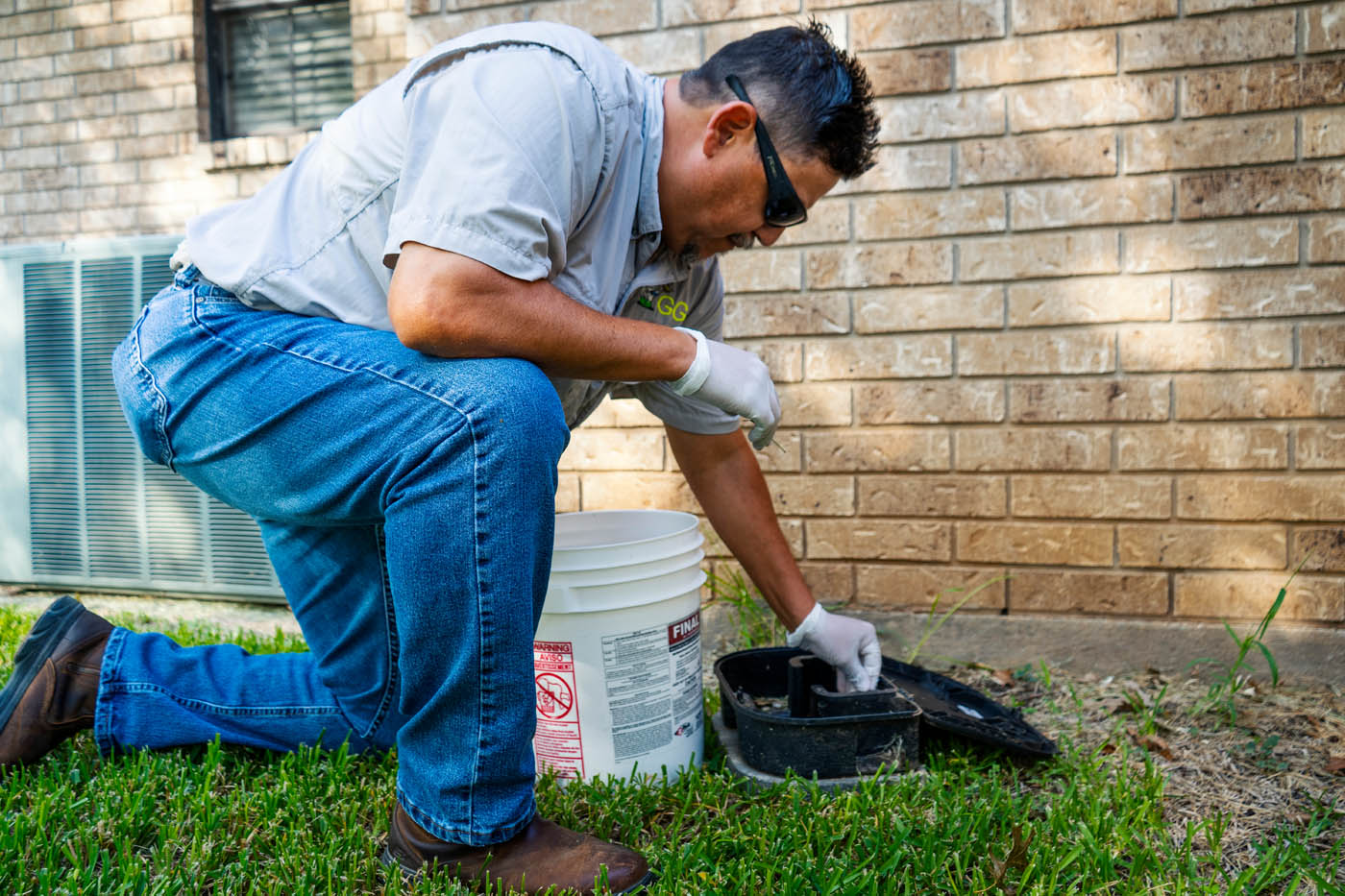Scorpion Venom as Antidote to Cancer, Parkinson�s? | Waco Scorpion Control
Scorpion Venom as Antidote to Cancer, Parkinson's?

Explore expert tips and insights on effective pest control solutions with the GGA Pest Management Blog.
Scorpion Venom as Antidote to Cancer, Parkinson's?
In the Life of Acrobatic Ants
Some mammals have mastered the art of adapting to the urban world, and among these are coyotes, raccoons, and rats. Coyotes tend to range mainly in the warmer climates of the southwestern U.S., but have also successfully adapted in places like New York City. Rats live in almost any climate, all over the world. Raccoons, much like rats, have always survived in a variety of places - but they are arguably better adapted to cities than any other creature besides humans. The reason for their remarkable skill at thriving in city life is due to their food gathering skills. Like humans, they are omnivores who will eat anything. Also like us, they are experts at finding and accessing food in almost any location. Urban-dwelling raccoons will eat wild foods, like fruits, but are even better at opening trashcans and removing leftovers. Raccoons are both clever and dexterous. They use their hands, which have extremely sensitive touch, to find and wash their food, as well as to open almost any container. Their manual dexterity, when combined with problem-solving ability, makes them trash harvesting artists. Although well adapted to living in the human world, they have never been made into suitable pets. Unlike dogs, raccoons haven't been tamed through breeding. The cute babies, called kits, grow into large and aggressive adults. They seek and find refrigerators, trash and any other container, and can wreak daily havoc in the lives of owners.
In the United States, mosquitoes are known to spread West Nile virus, eastern equine encephalitis and, in recent months, chikungunya virus. These illnesses do not have specific vaccines or treatments, so prevention of mosquito bites throughout the fall months is crucial. It's still important for people to apply bug spray containing DEET, picaridin or oil of lemon eucalyptus when spending time outdoors. This alone will significantly decrease their chances of getting bitten by an infected mosquito. GGA Pest Management also recommends the following tips to avoid exposure to mosquitoes. Wear long pants, long-sleeved shirts and closed-toe shoes to protect the skin
Vicious Termites According to a local pest control professional, a vicious breed of termites that had infested the East Baton Rouge and parts of New Orleans is showing its face in New Iberia. Coptotermes formosanus, more commonly referred to as Formosan subterranean termites, are ferocious insects known to devour trees and structures. A study conducted by the LSU Agriculture Center saw a dramatic increase in this species of termite. In 2009, light trappings revealed an average of 32 termites per trap in New Orleans. In 2014 that number increased to 595. "We haven't seen as much here in New Iberia, but we have seen some," said Kevin Sellers, manager for a local pest control service. "They aren't a problem yet, but they're starting to get around this area. These termites average length is approximately half inch long and has densely covered in hair. Although Formosan termites share similarities to other breeds in the area, Sellers explained that the Formosan is a much more aggressive pest than its counterparts. "They need less moisture and they eat much faster. They can tear up a wall five times faster than your regular breed of termite," Sellers said. Joseph Randal Hebert, owner and operator of another local pest control service, believes that the Formosan problem has "greatly increased" over the past twenty years. "It used to be we would get one call in the whole Acadiana area during the swarm season. Now I would say it's about 50/50 with the native population," Hebert said A sign that your house may be infested with Formosan termites is the presence of cartons. Formosan termites create nesting material made up of a combination of excrement, chewed wood and soil. These carton nests can be found in structure voids, between walls and underneath sinks. These are common Formosan termite nesting areas http://www.iberianet.com/news/aggressive-eaters-in-greater-numbers/article_a6eb2f4e-f271-11e4-94a4-67eb47f17e22.html
SQUIRREL CONTROL & PREVENTION
Winter Special: Save $75 on your first pest control service when you start a recurring plan. Hurry—offer ends soon!